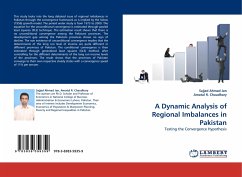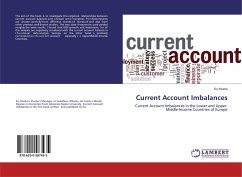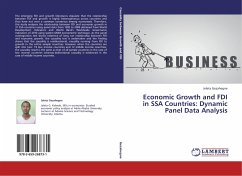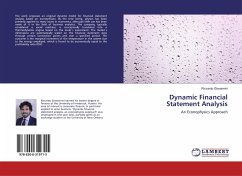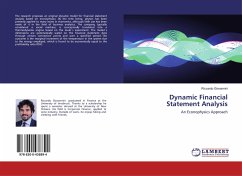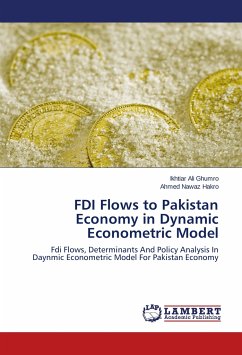This study looks into the long debated issue of regional imbalances in Pakistan through the convergence framework as is implied by the Solow (1956) growth model. The period under study is from 1973 to 2000. The equation for the unconditional convergence is estimated through pooled least squares (PLS) technique. The estimation result shows that there is no unconditional convergence among the Pakistani provinces. The development gap among the Pakistani provinces shows no sign of decline. The non existence of unconditional convergence implies that the determinants of the long run level of income are quite different in different provinces of Pakistan. The conditional convergence is then estimated through generalized least squares (GLS) method, after controlling for the different determinants of the long run income levels of the provinces. The result shows that the provinces of Pakistan converge to their own respective steady states with a convergence speed of 11% per annum.

